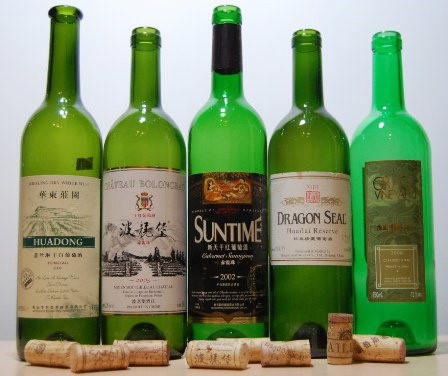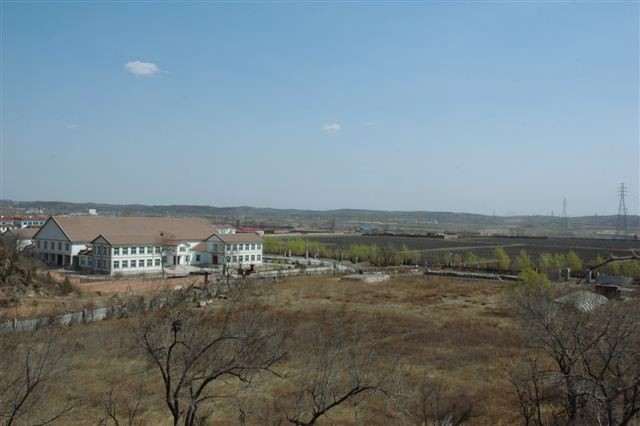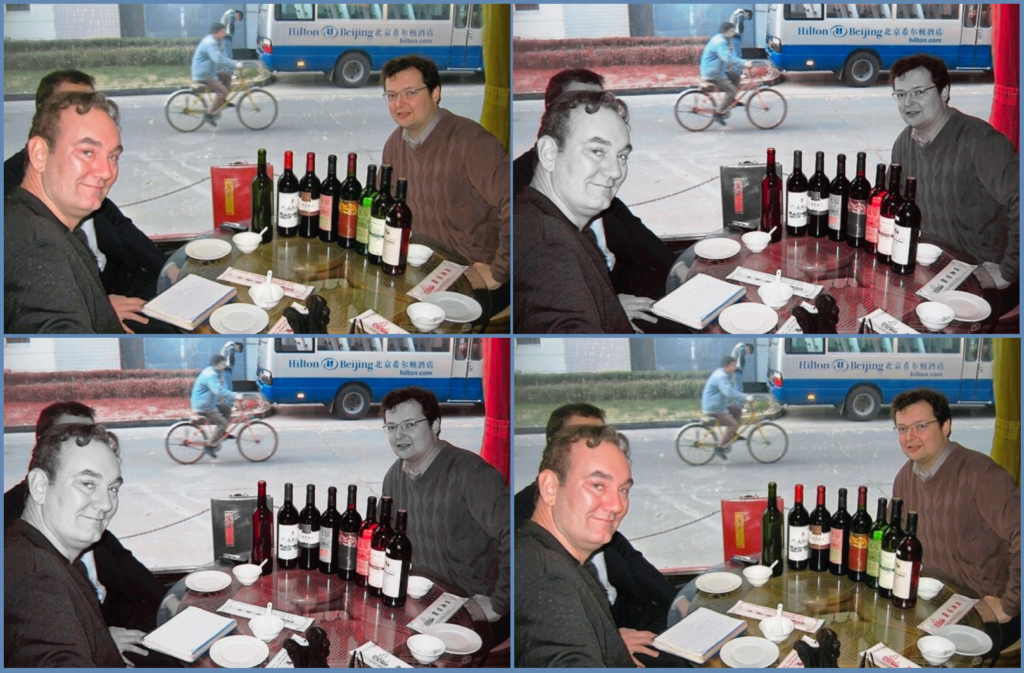
Fifteen years ago, I organized a tasting of nine Chinese wines in Beijing. Here is that post paired with some ‘where are they now?’ updates–in square brackets–about the wines, wineries and tasters. The original post had two photos, taken by James Fallows, so I added a few more of Chinese wines from that era.
First published on 15 January 2008 (lightly edited)
The Tasters
The mention of Chinese wine often brings smirks, mock gagging or jokes about whether it is ‘leaded or unleaded.’ Given this, I enjoy getting together to taste the local drop with open-minded people.
Last Friday was such a time. Our party included:
- Lawrence Osborne, New York-based author of The Accidental Connoisseur. [Now Bangkok-based, Osborne has since published Beautiful Animals, The Forgiven, The Ballad of a Small Player and The Wet and the Dry: A Drinker’s Journey, among other books.]
- James Fallows, Beijing-based writer for The Atlantic and among the few buying, trying and writing about Chinese wine from a consumer standpoint. [Now U.S.-based, Fallows’ most recent book is Our Towns: A 100,000-Mile Journey Into the Heart of America.]
- Campbell Thompson, Beijing-based wine guy, former marketing director of ASC Fine Wines and a Master of Wine Marketing student [Still in China, he runs importer / distributor The Wine Republic]
- Me

The Venue
We did our tasting at Dishes of Mao Zedong Hometown restaurant behind the Hilton Beijing. I hoped to do it at the hotel, but explaining our patronage would bring revenue and potential media coverage didn’t suffice to get the corkage fee waived for our eight bottles, which I can understand.
Anyway, after Thompson explained to restaurant staff our need to open that many bottles, we started our tasting using puny glasses amid vapors of meat, garlic and hot peppers. Not ideal tasting conditions, but at least real-world ones.
The notes below are mine and, as often mentioned, I come at this as a consumer. The quotations are not attributed and are simply meant to share some thoughts of my fellow tasters.

THE WINES
GREAT WALL Cabernet Sauvignon 2003
Notes: The one wine we bought at the restaurant had some fruity though feeble aromas with a hint of cough syrup. A limp body with a slight berry / cherry flavor. This one came off as fairly close to grape juice.
The table: “Palatable, but not too pleasant”; “The fruits are played out.”
[Great Wall has been part of the rise in quality Chinese wine over the past 15 years, from hiring world-renown consultant Michel Rolland to making one of the country’s best sparkling wines, at its SunGod facility in Huailai County, just outside Beijing.]

SUNTIME Red NV, Xinjiang (RMB 28)
Notes: Dull red with a slight orange tinge. A touch of wood and some (but too weak) black fruit; pretty much no finish.
The table: “I’m glad it’s not more than 28 kuai.”

CATAI Cabernet Sauvignon 2004, Shandong (~RMB 45)
Notes: A light fruit (black cherry) nose; the body had some dark fruit and jamminess, with a hint of spice.
The table: “Some varietal definition, but a bit thin.”
[Catai was a joint venture, based in Qingdao in Shandong province, led by Italian wine producer Sella & Mosca. The project involved three years of research before it was formally started in 1999.]
* * *
GRACE VINEYARD Cabernet Sauvignon 2005 (RMB 60)
Notes: The nose had light and pleasant fruit, with the fruit and tannins working well together, though the color made it seem as though it were an older vintage.
The table: “Tastes like a perfectly American wine”; “It’s a step up from Catai”; “They’re trying to achieve something restrained.”
[Shanxi-based Grace Vineyard has seen much growth since 2007, adding a second operation in Ningxia and a slew of new products, including four sparkling wines and lesser-known grapes varieties such as Aglianico and Marselan. It is now testing more varieties, including Sangiovese, Saperavi and Tempranillo. Grace was listed on the Hong Kong Stock Exchange in 2018.]

BOLONGBAO Grand Vin 2005 (~RMB 195)
Notes: There is a lot of wood aroma (sawdust?) on the nose, a bit much for the dark fruit and jamminess below; the same with the body.
The table: “The wood is weird and heavy,” “like a carpentry shop”, “like pine resin”; “I like this: interesting wood and fruit flavors to savor”; “you could find people who love this and who hate it.”
[Bolongbao continues to operate in Beijing’s Fangshan District and its best known for its white wines, especially its Chardonnay.]
* * *
TAILLAN Rose 2005 (RMB 60)
Notes: Orange-pink, with a mushroom-y nose and some fruit (peach? light red fruit?) beneath; similar fruit in the mouth.
The table: “It’s struggling against adversity – it’s an honorable effort.”
[Taillan stopped making wine in Fangshan long ago and a friend informs me the vineyards now belong to a farmers’ group. I’ll post more about this soon. I still have one unopened bottle of Taillan wine: a Malbec from 2003.]

HUADONG Dry White (Riesling) 2002 (RMB 76)
Notes: Very ripe almost-fermented apples on the nose; slightly sour, with some tropical fruit (pineapple?) aroma, but lacking adequate acidity and finish.
The table: “There’s no acidity to it, no core, you can’t make Riesling like that”; “It’s past its time”; “It doesn’t finish clean.”
[Huadong continues to operate in Shandong, sourcing fruit from its own vineyards and elsewhere, such as Ningxia, with mixed results. Huadong has a special place in China’s wine history as it won medals and sold its wine overseas in the late 1980s, long before the current boom in wine quality.]
* * *
GRACE VINEYARD Chardonnay 2006 (RMB 60)
Notes: Some toasty aromas on the nose; the body has green apple and woody character, though it tastes slightly unripe.
The table: “It’s disjointed,” “the acidity is out of balance”, “it doesn’t have any delicacy.”
* * *
SINO-FRENCH DEMONSTRATION VINEYARD Chardonnay 2005
Notes: This sample from a visit to the winery was light, creamy and with some freshness; subtle light fruit in the body, though not much finish.
The table: “It doesn’t have that buttery angle,” “it isn’t overly commercial,” “that’s the only wine so far that I think you could pass off as a foreign wine.”
[Sino-French was bought in 2008 by Taiwan billionaire Cher Wang, who also established another winery, named Canaan, next door. After many years of preparation, the wines of both finally went on sale a few years ago. See my recent visit to these wineries.]
On the whole, the wines from Grace–the Cabernet Sauvignon–and Sino-French fared best. [And fifteen years later, those rank among two of the better wineries in China, although they have been joined by a diverse range of wineries pushing the envelope in terms of quality and of exploring more grape varieties and wine styles.]

Grape Wall has no sponsors of advertisers: if you find the content and projects like World Marselan Day worthwhile, please help cover the costs via PayPal, WeChat or Alipay.
Sign up for the free Grape Wall newsletter here. Follow Grape Wall on LinkedIn, Instagram, Facebook and Twitter. And contact Grape Wall via grapewallofchina (at) gmail.com.

Leave a Reply
You must be logged in to post a comment.